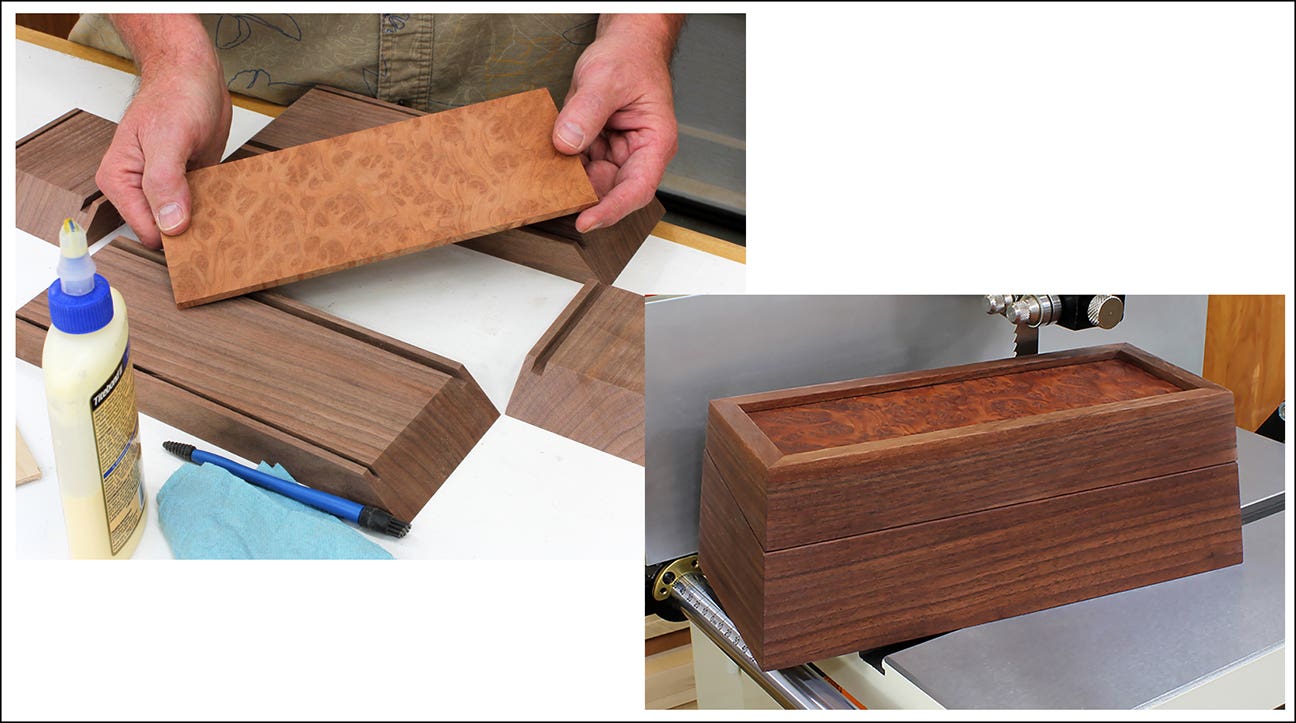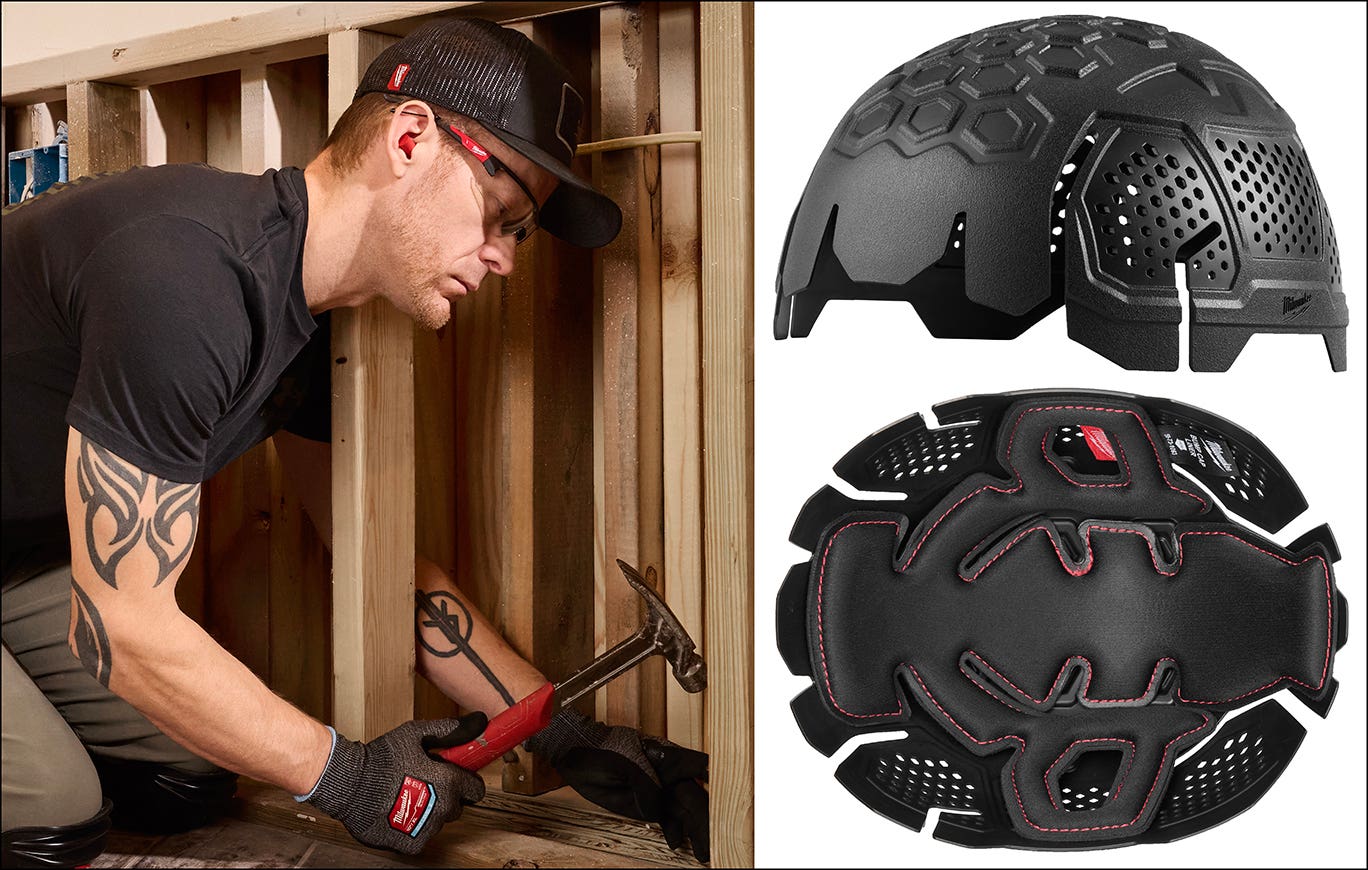New technology puts more at your fingertips
About a dozen years ago, Porter-Cable introduced the “world’s first” cordless router, powered by a 19.2-volt nickel-cadmium battery. The battery sat on top of the tool, which made it a…
About a dozen years ago, Porter-Cable introduced the “world’s first” cordless router, powered by a 19.2-volt nickel-cadmium battery. The battery sat on top of the tool, which made it a bit top-heavy, but the performance seemed adequate in the few minutes that I got to play with it.
I thought then, as I do now, that a cordless router made sense. No more cord to sling over my shoulder. But the router is no longer in production.
Last month, DeWalt introduced the “world’s first” cordless 8-1/4” contractor saw and two 12” miter saws, powered by 60-volt lithium-ion batteries. Again, these tools appear to perform as well as their corded cousins. But unlike the router, I see no real need for these tools. I work in a shop with plenty of outlets. If I worked on a job site in the middle of nowhere, without power, then I’d probably be more impressed.
But the 60-volt batteries are interesting. They’re called Flex-Volt because they can run DeWalt’s 20- to 120-volt tools.
The Flex-Volt batteries have 15 four-volt cells. When used with a 20-volt tool, they run in three groups of five cells, each group running in parallel, to output 20 volts. DeWalt says the Flex-Volt batteries provide up to four times the runtime of its 20-volt Max batteries. Two battery packs are combined to run the new 120-volt miter saws.
“The impact of the Flex-Volt system will be felt throughout the construction industry on each and every job site,” says Frank Mannarino, president of DeWalt’s professional products group. “This new platform packs the power required for heavy-duty applications, makes it easy to exchange corded tools for cordless and ensures that our existing 20-volt Max users get the benefit of added runtime without making the 20-volt Max system obsolete.”
Meanwhile, Milwaukee Tool introduced its “One-Key” system that links tool batteries to a phone-based app. A.J. Hamler reports:
“One-Key monitors and reports on tools equipped with the system, but adds map-based tracking capabilities and a host of other features. You can, for example, control a tool’s characteristics for specific jobs.
“Let’s say you want an impact driver to have a specific torque and speed for a job featuring hundreds of similar driving tasks — such as a deck — just call it up on the app and set what you want. Now, start driving deck screws. The driver uses the ramp-up speed you set, drives at the speed you want and cuts out automatically at the exact moment the correct torque tells it the screw is set flush while you’re still holding the trigger. Load up another screw, press it to the work, and it powers up and repeats the process as many times as you want.
“This is just the tip of the iceberg. You can tell a One-Key-equipped reciprocating saw how to cut to maximize battery life and minimize heat buildup. Instruct a job-site light how bright you want it, how long to shine and when to turn off. Can’t find a tool? Call it up on the app and see who it was assigned to and then find it on a map.”
What will they think of next?
This article originally appeared in the August 2016 issue.






